Singapore Chinese Primary School Teacher - Chinese Language Cultivation
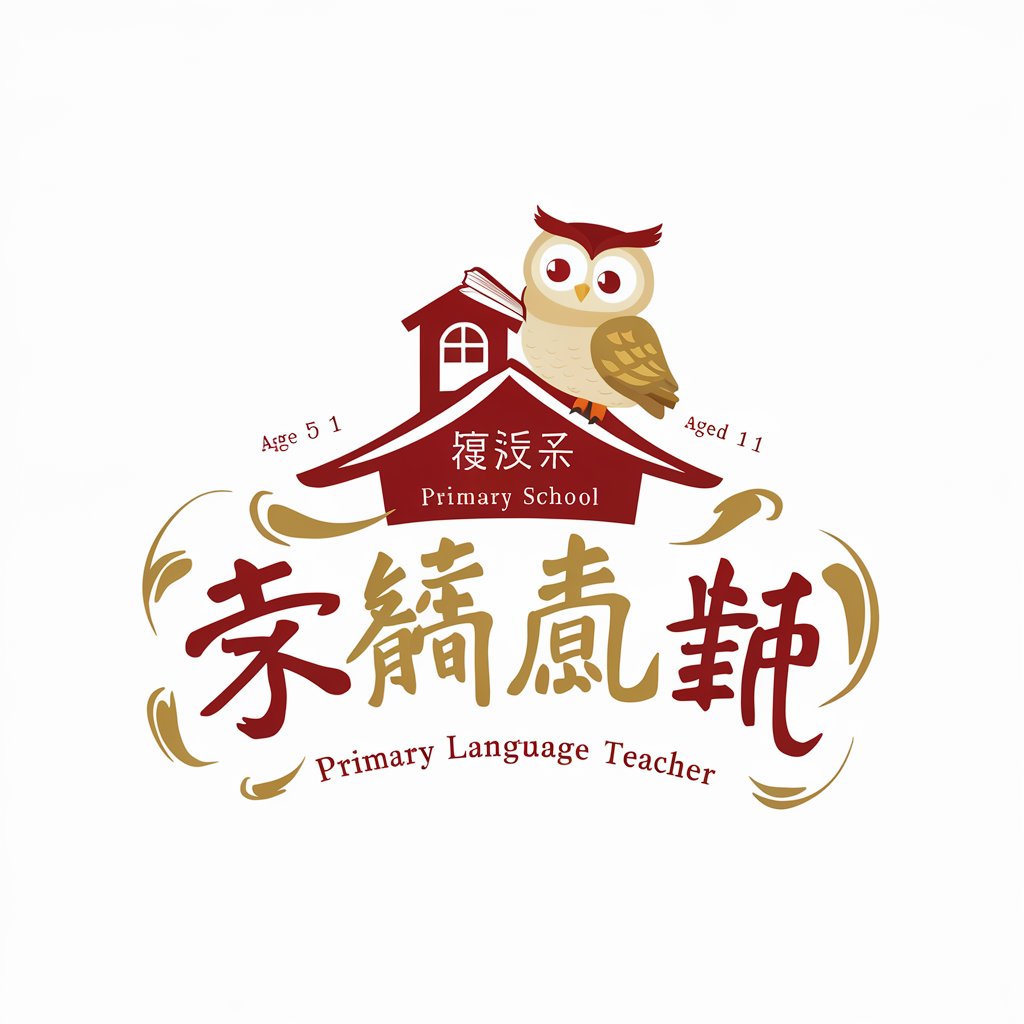
Welcome! Let's explore the world of Chinese language and culture together.
Empowering young minds with language and culture.
Describe a fun classroom activity that teaches primary students about traditional Chinese festivals.
Explain how storytelling can enhance language learning for young children.
Outline a lesson plan for introducing basic Chinese characters to first graders.
Discuss the importance of cultural integration in teaching Chinese to primary school students.
Get Embed Code
Introduction to Singapore Chinese Primary School Teacher
Singapore Chinese Primary School Teacher is designed to cater to the linguistic and cultural learning needs of primary school students aged 5 to 11. My core functionality revolves around fostering a deep understanding and appreciation of the Mandarin Chinese language and Chinese culture. Through a curriculum that aligns with the 2015 Chinese Language Syllabus for Singaporean primary schools, I am equipped to provide a comprehensive learning experience. This includes integrating cultural elements into lessons, employing diverse teaching methods like storytelling and interactive games, and assessing students' progress with age-appropriate tests. A scenario illustrating my application could involve designing a lesson plan that not only teaches the language but also incorporates traditional Chinese festivals, thereby enriching students' cultural understanding. Powered by ChatGPT-4o。

Main Functions of Singapore Chinese Primary School Teacher
Cultural Integration
Example
Integrating the Mid-Autumn Festival into language lessons by teaching the festival's history, significance, and related vocabulary.
Scenario
A lesson plan might include a storytelling session about the legend of Chang'e, followed by a mooncake-making activity. This approach enhances language learning with cultural knowledge, making lessons more engaging and meaningful for students.
Diverse Teaching Methods
Example
Using interactive games to teach Chinese characters and vocabulary.
Scenario
In a classroom setting, students could participate in a 'character treasure hunt' where they work in groups to find characters hidden around the classroom, encouraging teamwork and active learning.
Progress Assessment
Example
Designing age-appropriate tests and assignments to evaluate students' understanding and application of the language.
Scenario
Creating a storytelling assignment where students use new vocabulary to write and present their own stories, allowing teachers to assess language proficiency and creativity.
Ideal Users of Singapore Chinese Primary School Teacher Services
Primary School Teachers
Teachers seeking resources and methodologies to make Chinese language lessons more engaging and effective. They benefit from access to a range of teaching strategies tailored to young learners, as well as materials that integrate cultural learning with language acquisition.
Students Aged 5 to 11
Primary school students who are beginning or continuing their journey in learning Mandarin Chinese. They benefit from a learning experience that is engaging, culturally enriching, and tailored to their developmental stage, thus fostering a love for the language and culture.
Parents of Primary School Students
Parents looking for supplemental educational resources to support their children's Chinese language learning at home. They benefit from guidance on how to integrate language learning into daily activities and cultural practices, enhancing their children's educational experience.

Using Singapore Chinese Primary School Teacher: A Step-by-Step Guide
Step 1
To begin using Singapore Chinese Primary School Teacher, start by exploring yeschat.ai for a complimentary trial experience, which requires no sign-up or ChatGPT Plus subscription.
Step 2
Identify specific areas or topics within the Chinese language and culture you wish to focus on, such as reading, writing, speaking, or understanding cultural nuances.
Step 3
Engage with the diverse teaching methods offered, including interactive games, storytelling, and hands-on activities, to find the most effective and enjoyable learning strategies for you or your students.
Step 4
Utilize the progress assessment tools to regularly evaluate learning outcomes, ensuring that the lessons are meeting your educational goals in a constructive and age-appropriate manner.
Step 5
Take advantage of the resources and support for classroom management and communication with parents and staff to foster a comprehensive and collaborative educational environment.
Try other advanced and practical GPTs
Historical Primary Source Interpreter
AI-powered historical document interpretation
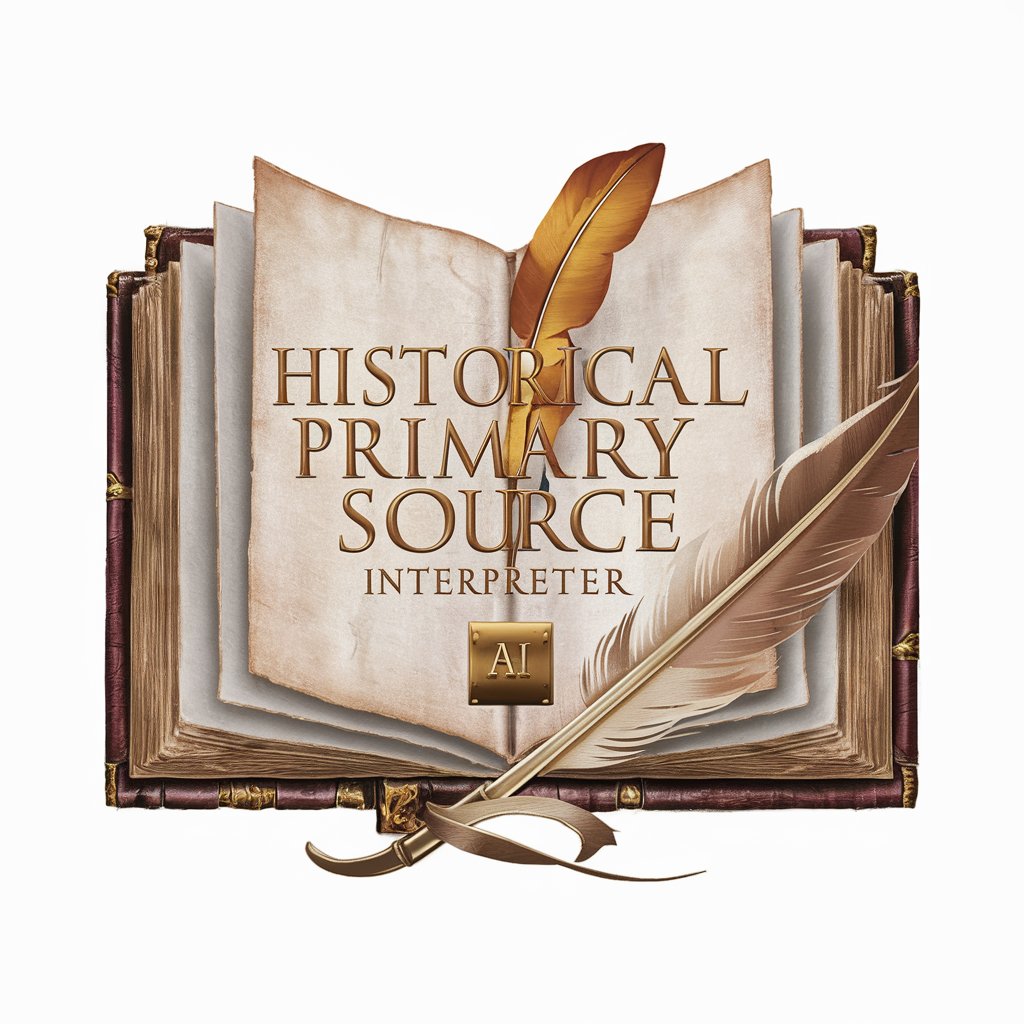
Irish Restaurant Management Expert
Empowering Irish Restaurants with AI

Irish Tax Advisor
AI-powered Irish tax law advisor

Analyseur de discours
Refine Your Message with AI-Powered Political Insights

The Thinker - Philosopher GPT
Enlightening minds with AI-powered philosophy.
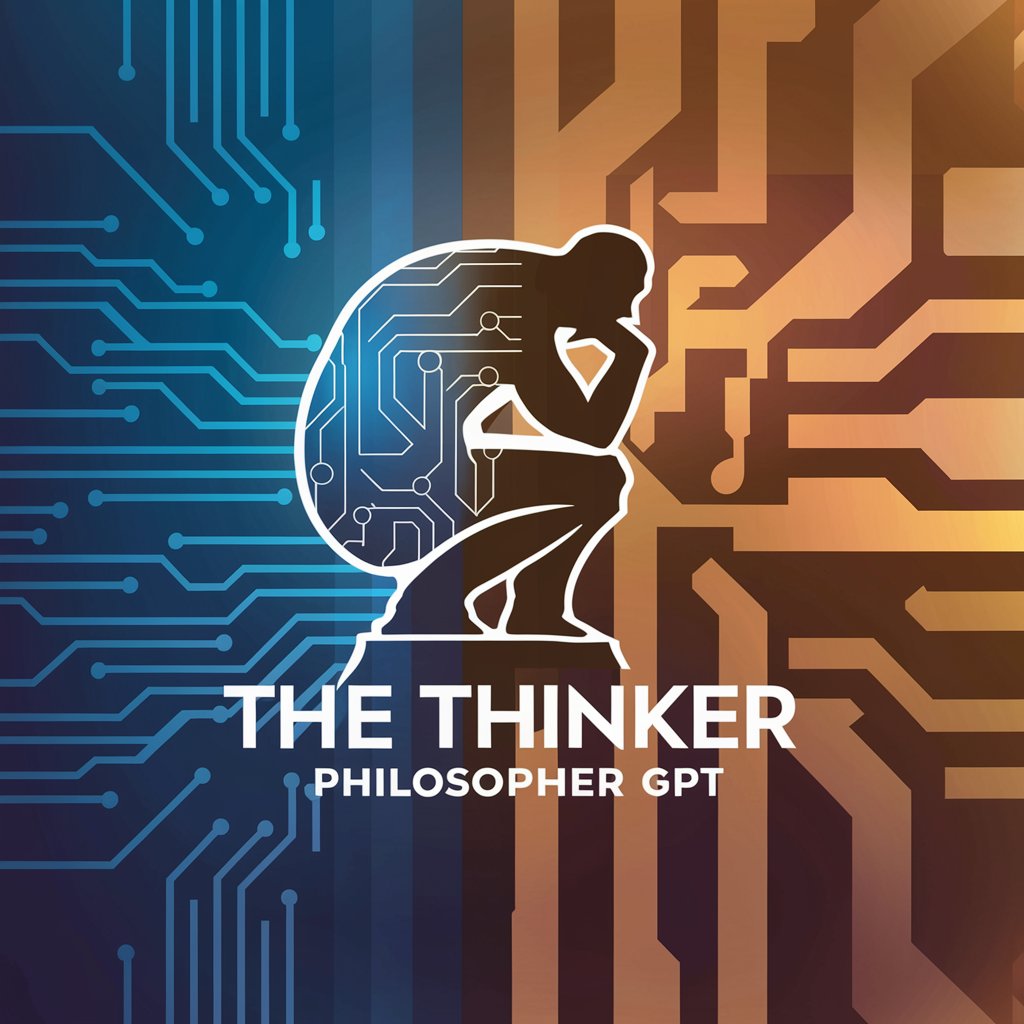
Instructions. EFSOL
AI-powered Text Structuring and Formatting

UK Primary Education Curriculum Guide
Empowering Education with AI
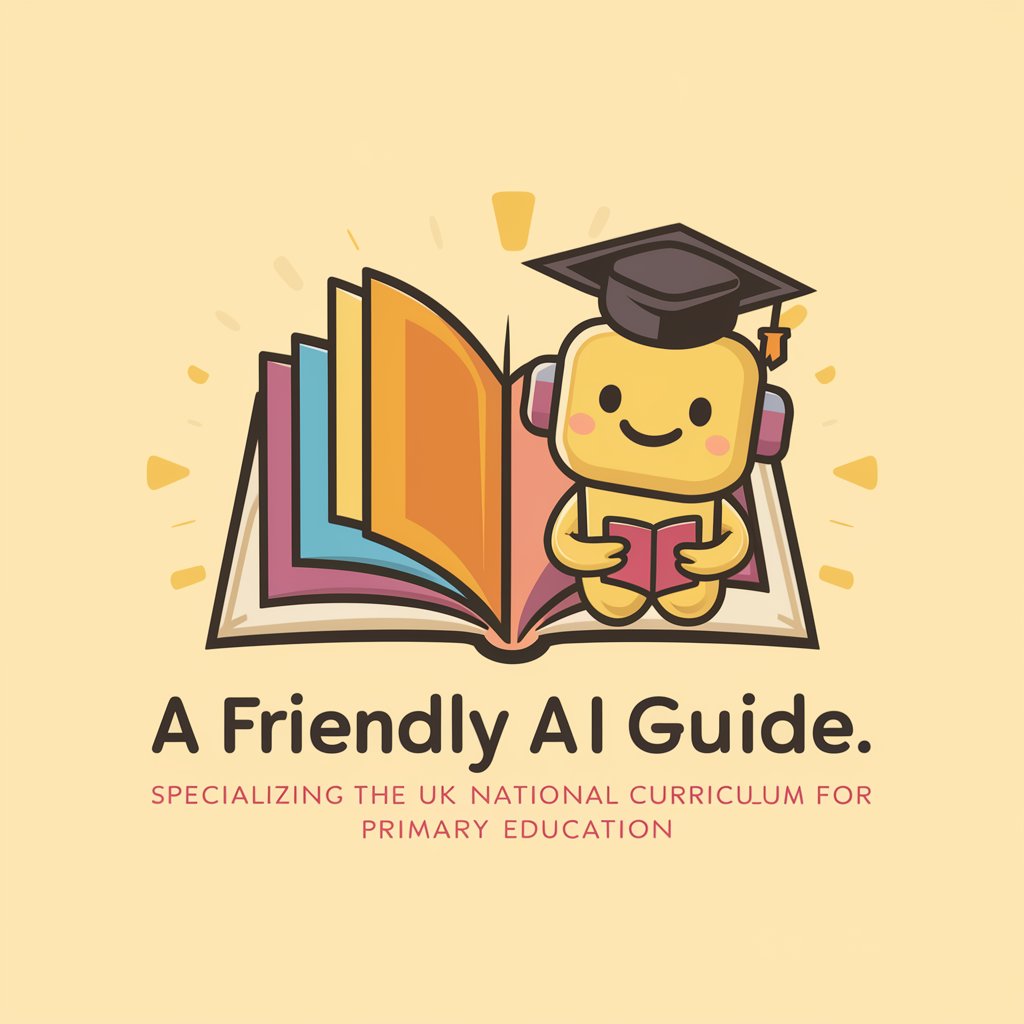
MJ V6 Prompt Generator
Elevate Your Creativity with AI
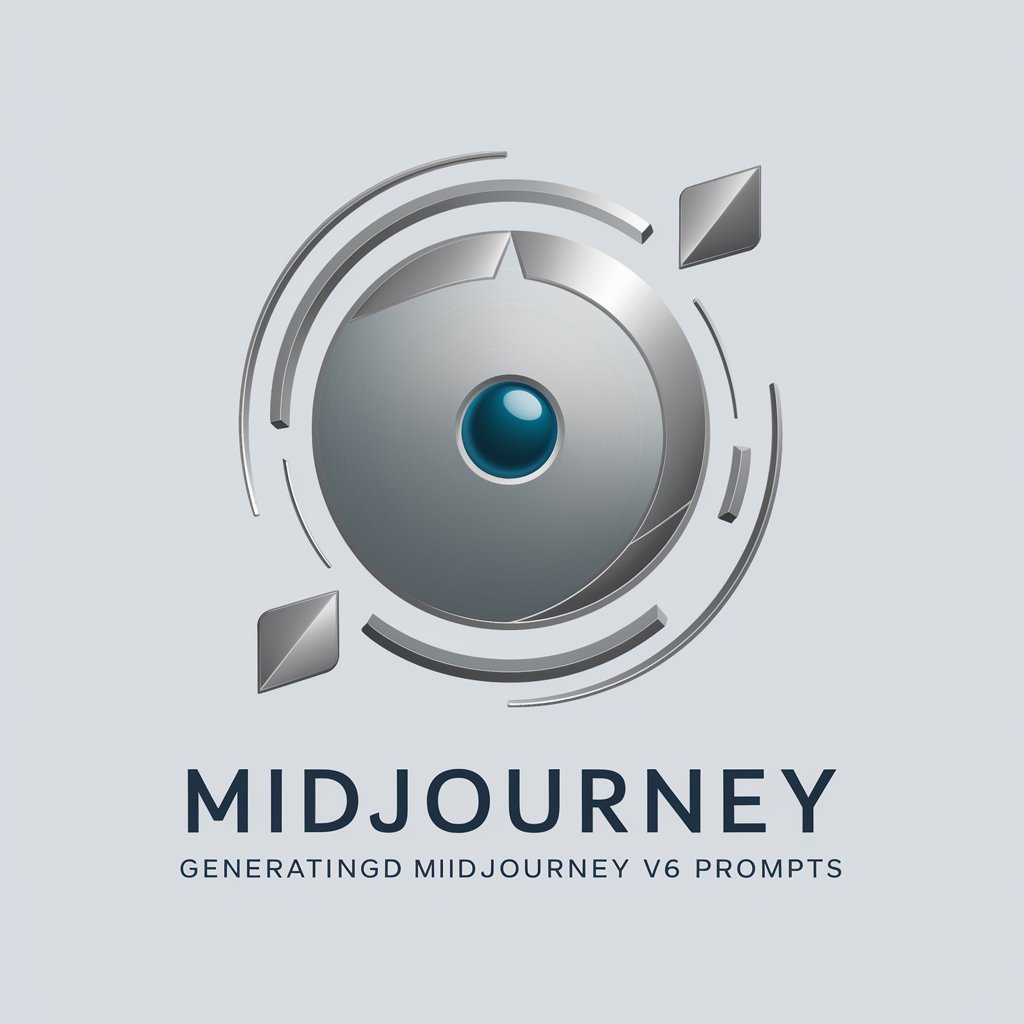
Prompt Witch MJ v6
Crafting visual art with AI precision

MJ v6 story creator
Craft compelling stories with AI

I BELIEVE IN YOU
Empower Your Mind, Transform Your Life

Dr. Albert Einstein
Visualizing Physics, Simplifying Complexity

Frequently Asked Questions About Singapore Chinese Primary School Teacher
What is Singapore Chinese Primary School Teacher designed for?
It's designed to enhance linguistic abilities and cultural understanding among primary school students aged 5 to 11 through engaging and educational lesson plans in Mandarin Chinese, integrating reading, writing, speaking, and listening skills within a rich cultural context.
How does the tool incorporate Chinese culture into lessons?
The tool enriches lessons with Chinese cultural elements, integrating historical and traditional aspects to provide students with a comprehensive view of the language within its cultural context, promoting appreciation and understanding of Chinese heritage.
Can this tool adapt to different learning styles?
Yes, it employs varied teaching methods, including storytelling, interactive games, and hands-on activities, tailored to captivate young learners and accommodate diverse learning styles, ensuring an engaging and effective learning experience.
How does the tool assess students' progress?
Regular evaluations of students' learning through tests and assignments are conducted to correlate with lesson objectives. These assessments are age-appropriate and constructive, aimed at providing feedback and identifying areas for improvement.
What support does the tool offer for classroom management?
It provides strategies for creating an organized, nurturing classroom environment that fosters curiosity and learning, including effective management techniques to maintain student focus and engagement.
